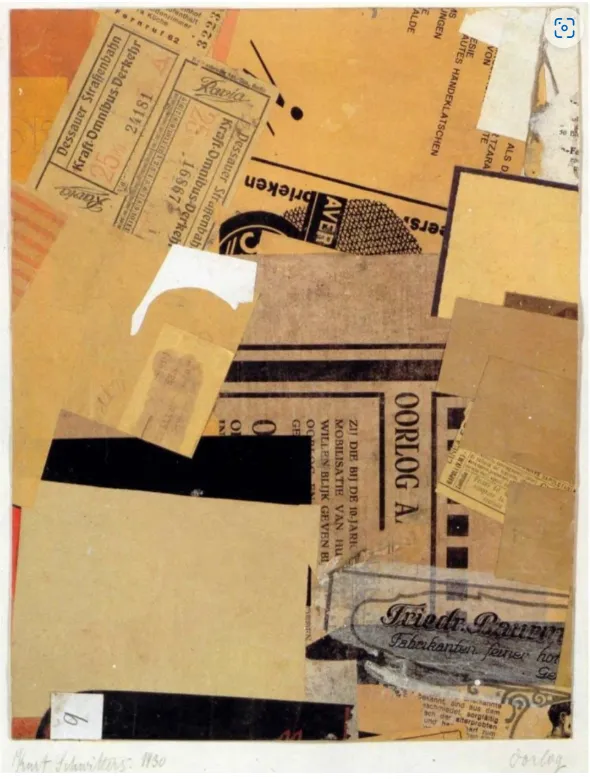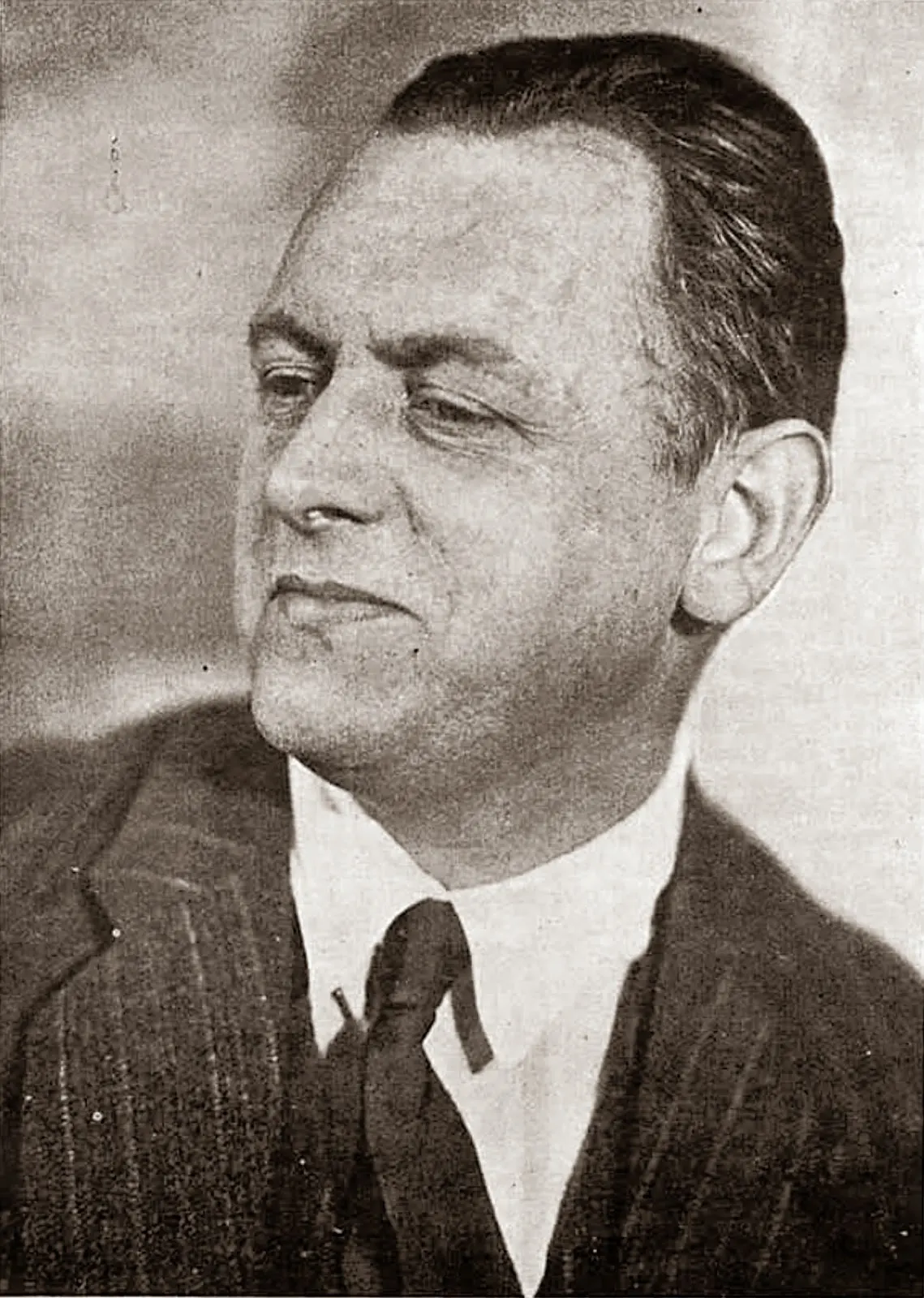
Oorlog (1930)
Collage on paper | 31.1 × 23.5 cm
Signed and dated lower left; titled lower right on mount, in pencil
A quintessential example of Schwitters’ Merz practice, Oorlog ("War") assembles fragments of printed paper into a dynamic composition reflecting the tensions of interwar Europe. This work, part of the Merzzeichnung series, exemplifies Schwitters' innovative approach to collage, transforming everyday materials into poetic abstraction.
Provenance includes the artist’s estate, Galerie Gmurzynska, and the Donald B. Marron Collection. Exhibited at major institutions such as MoMA and Tate, and published in key catalogues including the Kurt Schwitters Catalogue Raisonné (2003, cat. no. 1720).

Pioneer of Collage and the Merz Movement
Kurt Schwitters (1887–1948) was a German artist renowned for his innovative use of collage and assemblage, which he termed "Merz"—a concept derived from the German word "Kommerz" (commerce). Operating at the intersection of Dadaism, Constructivism, and Surrealism, Schwitters transformed everyday materials—such as newspaper clippings, tickets, and found objects—into dynamic compositions that challenged traditional art forms .
Beyond visual art, Schwitters was a prolific writer and poet, known for his sound poem Ursonate and the poem An Anna Blume, which exemplify his experimental approach to language and form. His most ambitious project, the Merzbau, was an evolving architectural installation that blurred the lines between sculpture, architecture, and collage.
Fleeing Nazi Germany in 1937 due to the regime's condemnation of his work as "degenerate," Schwitters lived in Norway before settling in England. Despite facing internment during World War II, he continued to create, leaving a lasting impact on the trajectory of modern art .
To provide the best experiences, we use technologies like cookies to store and/or access device information. Consent to these technologies will allow us to process data such as browsing behavior or unique IDs on this site. Not consenting or withdrawing consent may negatively affect certain features and functions.
Market reports for visionary collectors and insiders.